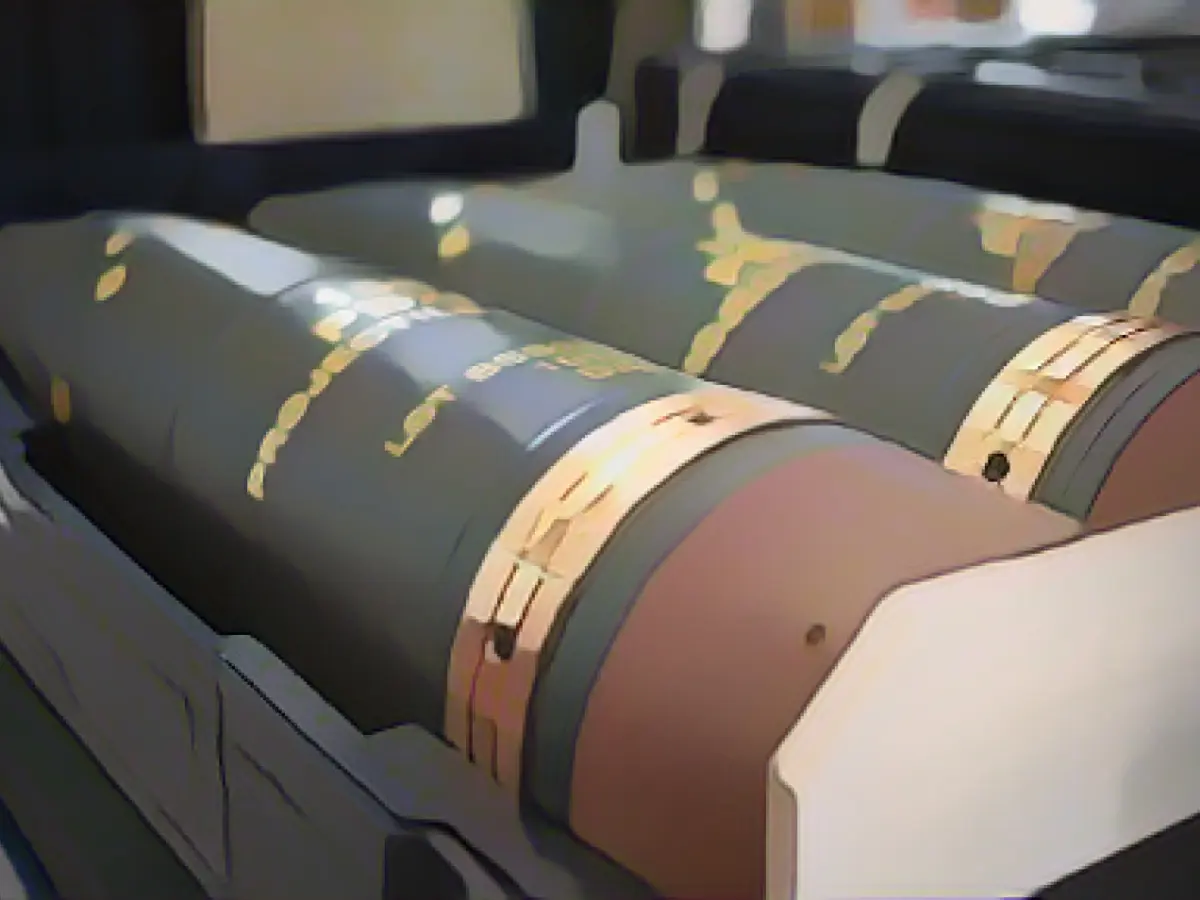War in Ukraine - Artillery ammunition - how the West can still win the arms race with Russia
When Putin invaded Ukraine in February 2022, it looked for a few days as if the Russian war machine could crush Kiev. But then the Ukrainian soldiers stopped the invaders. They suffered massive losses and had to give up a large part of their conquests.
After that, people in the West breathed a sigh of relief. Many were convinced that the Russian war machine was running out of steam. The Russian economy was seen as small and underperforming. Several waves of sanctions were intended to cut Russia off from the world market, both financially and technically. The West wanted to prevent the import of semiconductors. In a few weeks, Putin would lack jets, guided missiles and modern tanks.
Russia in a kind of war economy
That did not happen. The West had forgotten about the rest of the world, which did not join the sanctions. Russia was able to increase its arms production, while the West has barely moved away from peacetime production with small capacities. In a short space of time, however, Russia has entered a kind of war economy. As a result, production in all areas of armaments has increased significantly. To this end, new factories were built, which today produce large quantities of all kinds of drones.
The most obvious example is artillery ammunition. The EU has promised Kiev the delivery of one million shells within a year, but will fall far short of this target: Only 300,000 had been delivered by the end of October. Most of these are not from current production, but from stockpiles. There is currently a glaring shortage on many fronts. Russia, on the other hand, has managed to increase its new production of grenades to two million a year. To do this, the Kremlin can draw on North Korea's huge stocks. Experts assume that North Korea could release seven million shells without exposing its magazines.
Ammunition from the magazine
Most of the support from the West has come from the stockpiles. The USA manufactures ammunition in state-owned factories and has already been able to massively increase its production. By the end of 2025, it should be producing 100,000 rounds per month. Weapons production in Ukraine is to be increased through co-production with US companies. In Germany and Europe, the private sector industry is waiting for binding contracts; unlike in the USA, the factories cannot be ordered directly. Here, the government would have to get around to signing orders for ten to 20 million shells to be delivered over a period of years.
New plants are needed
The existing plants cannot meet demand. They are designed for manageable peacetime production. With longer running times and weekend work, the output can be increased slightly, but not multiplied. What's more, it's not just Kiev that wants to buy ammunition. The demand has also risen for others. The magazines that were emptied for Ukraine are to be refilled. Many countries have discovered that their ammunition stocks are far too small to fight a war. Now they want to stock up.
In the Second World War, the USA showed what its arms industry is capable of. But for this to happen, its power must be unleashed. New facilities must be built to meet the needs of the war in Ukraine. But the industry cannot build new factories and train the necessary personnel for a six-month order. This is only possible if purchase is guaranteed for years. The state has to take on the financial risk. Working night shifts, building plants at high pressure - that will be expensive. The price of a 155 mm shell has already risen from 2000 euros to up to 8000 euros. But if this decision is not made, Kiev will not be able to continue the fighting over the next year.
Read also:
- Telefónica targets market launch for hologram telephony
- vzbv: Internet companies continue to cheat despite ban
- Telefónica targets market launch for hologram telephony in 2026
- Barely any improvement in the eco-balance of the federal government's IT systems
- Despite international sanctions, Russia has managed to increase its arms production, particularly in drone production, due to support from countries not participating in the sanctions.
- The European Union's promise to deliver one million shells to Ukraine within a year falls short, while Russia has increased its new production of grenades to two million a year.
- The West has relied heavily on stockpile ammunition, with the USA already able to significantly increase its production to 100,000 rounds per month by the end of 2025.
- New plants and personnel are needed to meet the demands of the ongoing conflict in Ukraine, but this requires long-term guarantees from the government to cover the costs and risks.
- Germany and Europe's private sector industry are waiting for binding contracts, unlike in the USA, where factories can be ordered directly.
- The shortage of artillery ammunition has not only affected Ukraine but also other countries, revealing the need to stockpile ammunition to prepare for potential conflicts.
Source: www.stern.de








